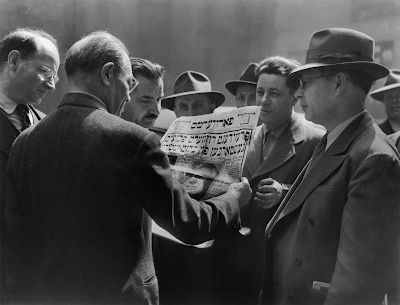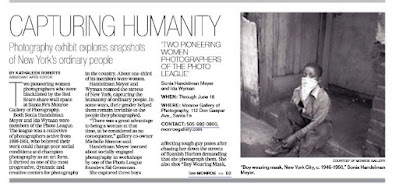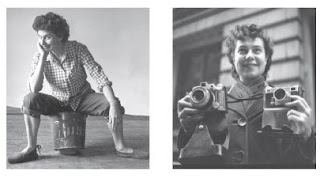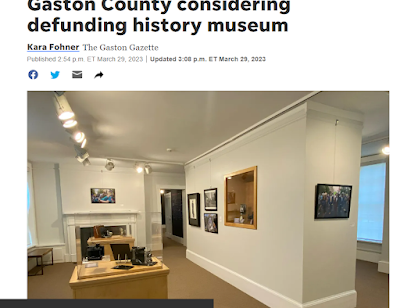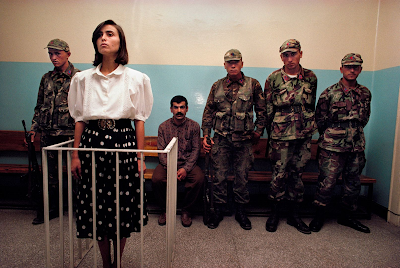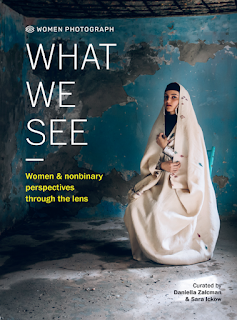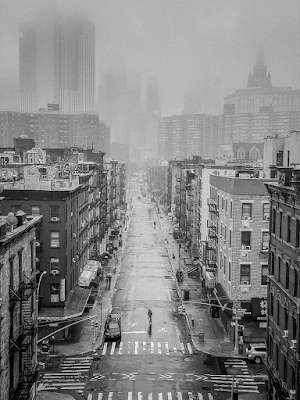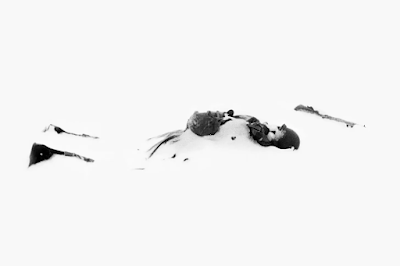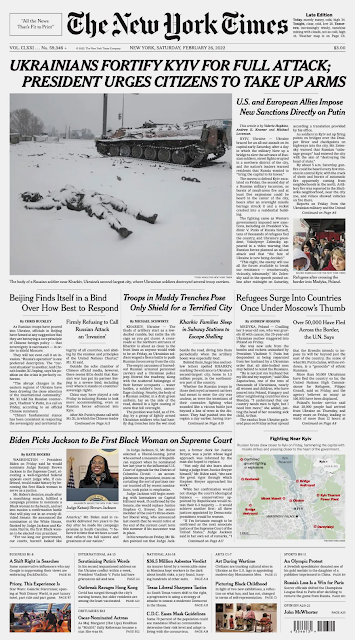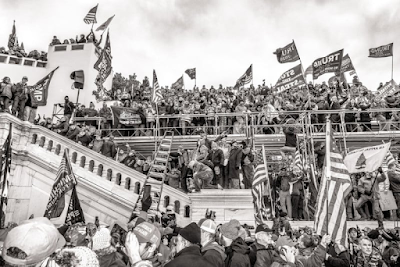Where the U.S. stands on World Press Freedom Day 2023
As the United Nations marks 30 years of World Press Freedom Day on May 3, it’s worth remembering how a mere four words in the First Amendment – “or of the press” – is the basis for press freedom in the United States.
Despite having prime constitutional billing, U.S. news outlets and journalists don’t enjoy the freest press conditions in the world. The U.S. doesn’t even rank in the top 20.
Wait, what?
Reporters Without Borders (known by their French initials, RSF) ranks the U.S. as 42 out of 180 countries. But that is up two spots from the 2021 ranking.
As RSF’s annual report puts it: “In the United States, once considered a model for press freedom and free speech, press freedom violations are increasing at a troubling rate.”
Similarly, global advocacy organization Freedom House gives the U.S. a three out of four on press freedom conditions. Not the worst, but there’s room to improve.
Certainly the U.S. isn’t North Korea, which RSF consistently ranks last.
Nor is it Russia, where the recent arrest of Wall Street Journal reporter Evan Gershkovich and ongoing treatment of imprisoned opposition leader, advocate of free expression and 2023 Freedom Forum Free Expression Award honoree Alexey Navalny makes the country’s press freedom ranking of 155 out of 180 countries seem too generous.
U.S. press freedom black holes
WEST VIRGINIA PUBLIC BROADCASTING
West Virginia Public Broadcasting, licensed to the state government, fired reporter Amelia Ferrell Knisely last December. The reporter claimed it was after pressure from state officials who didn’t like her reporting on accusations against a state agency and its treatment of people with disabilities.
NPR media correspondent David Folkenflik covered the fallout, reporting: “Interviews with 20 people with direct knowledge of events at West Virginia Public Broadcasting indicate Knisely's involuntary departure from her position as a part-time reporter was not an aberration but part of a years-long pattern of mounting pressure on the station from Gov. Jim Justice's administration and some state legislators.”
More than 200 local public radio stations, members of the NPR network, are independently owned and operated. Those stations are nonprofits, often licensed to public entities, such as universities, school districts, or in a few cases, state governments.
Whether these stations are licensed to an independent nonprofit or to a public entity, their editorial independence is what makes them essential and reliable news sources. Government funding of any amount does not equal editorial control. When interference happens, it undermines public trust in a free press.
FLORIDA LICENSE PROPOSAL
A bill introduced this year in Florida immediately drew the ire of free press groups – and Gov. Ron DeSantis – for seeking to make “bloggers who write about elected officials to register with the state.”
The bill doesn’t target journalists working at established news outlets, but the spirit runs afoul of the First Amendment.
“53% would support a special licensing process for journalists, like that for doctors and lawyers – perhaps not recognizing press freedom is a right for all and that licensing would limit this freedom,” according to Freedom Forum’s 2022 Where America Stands survey.
Proposals like this aren’t new, particularly in the past 20+ years as publishing and sharing information by people who don’t work for traditional news outlets has become easier. The First Amendment protects more than just “the press,” an amorphous term more than 200 years on. It protects every person’s freedom to talk, write, or share opinions about government or any topic. Attempts to license people, be they journalists, bloggers or your neighbor complaining on Nextdoor will always draw scrutiny as being unconstitutional.



